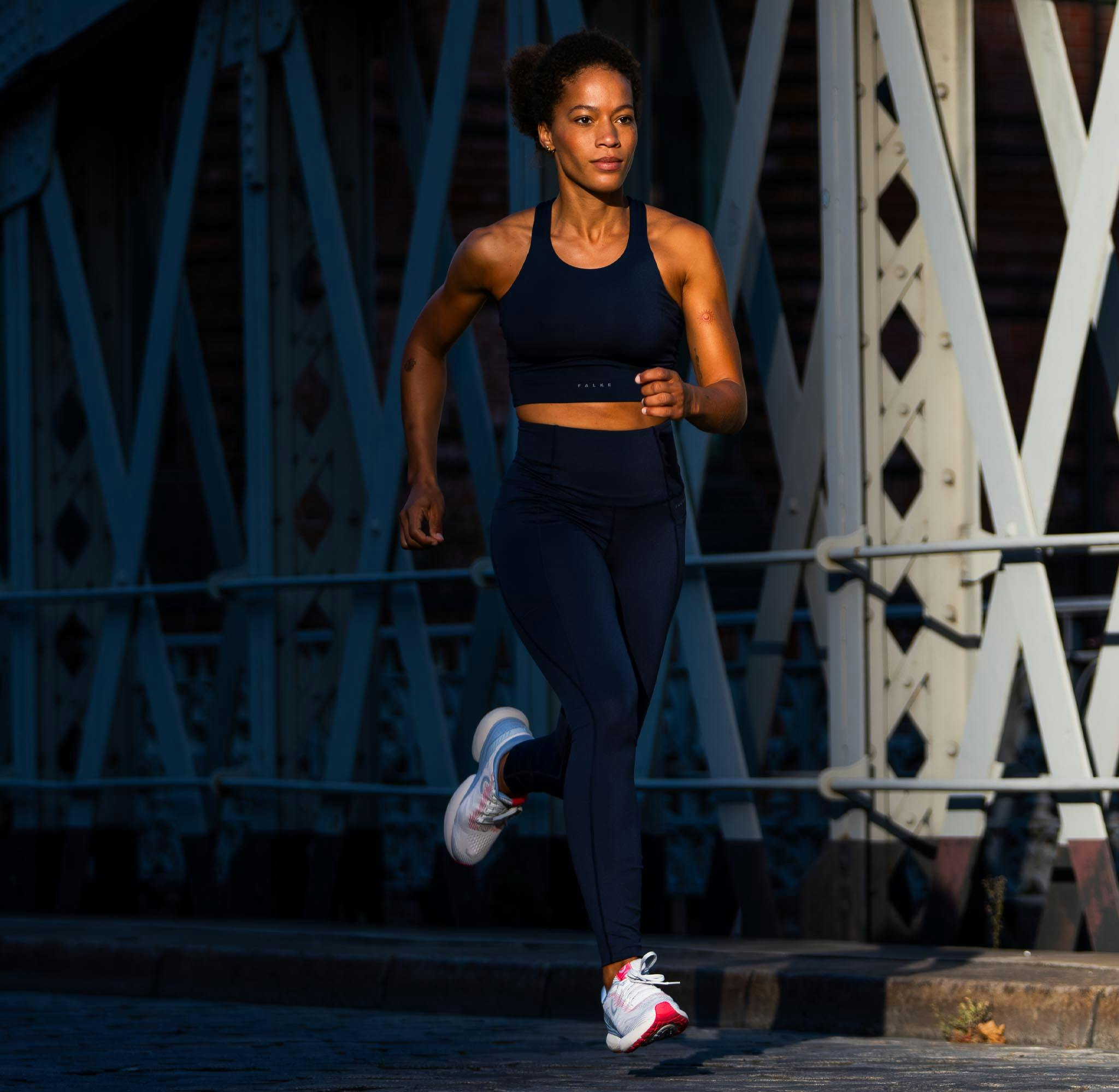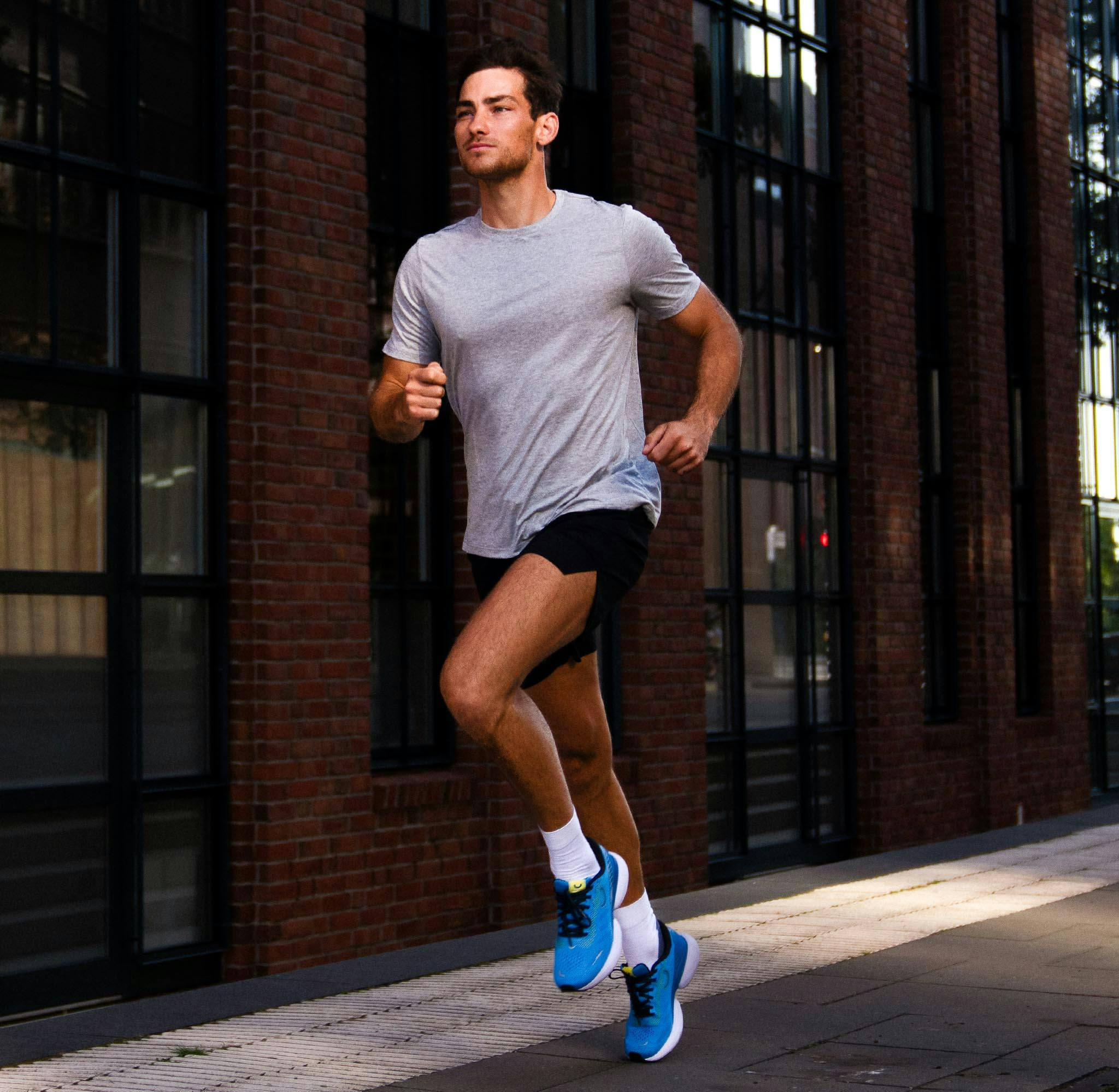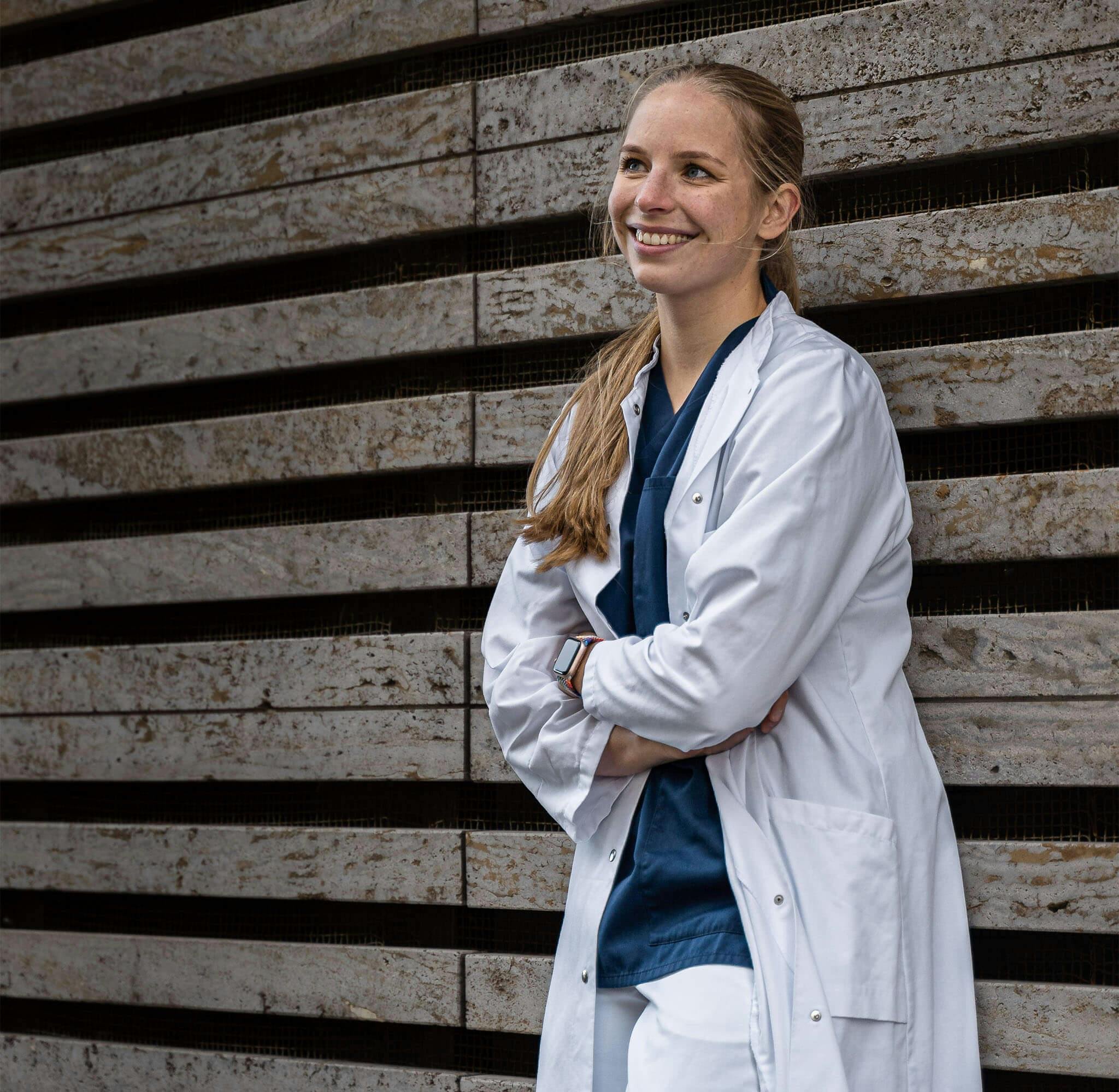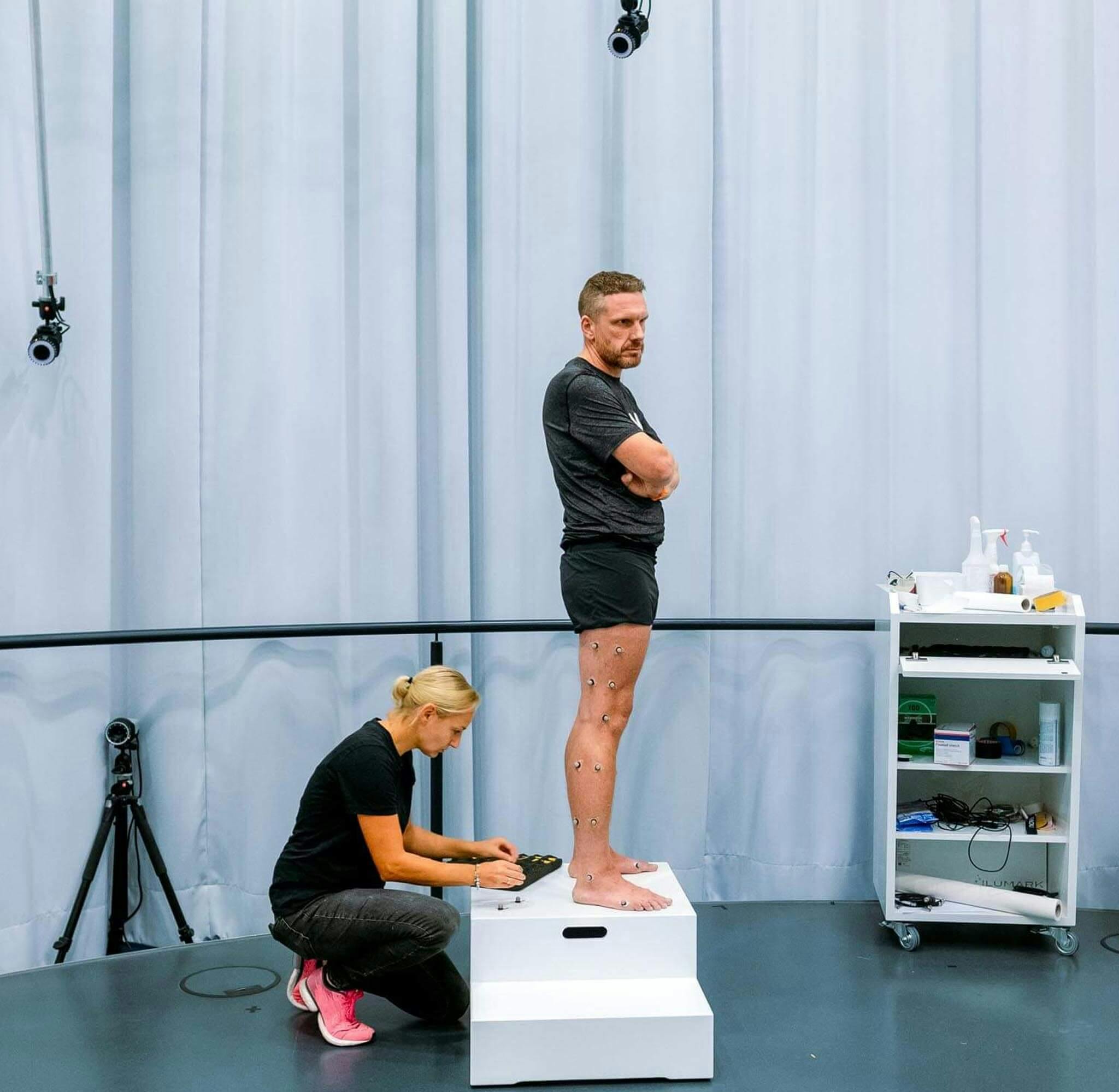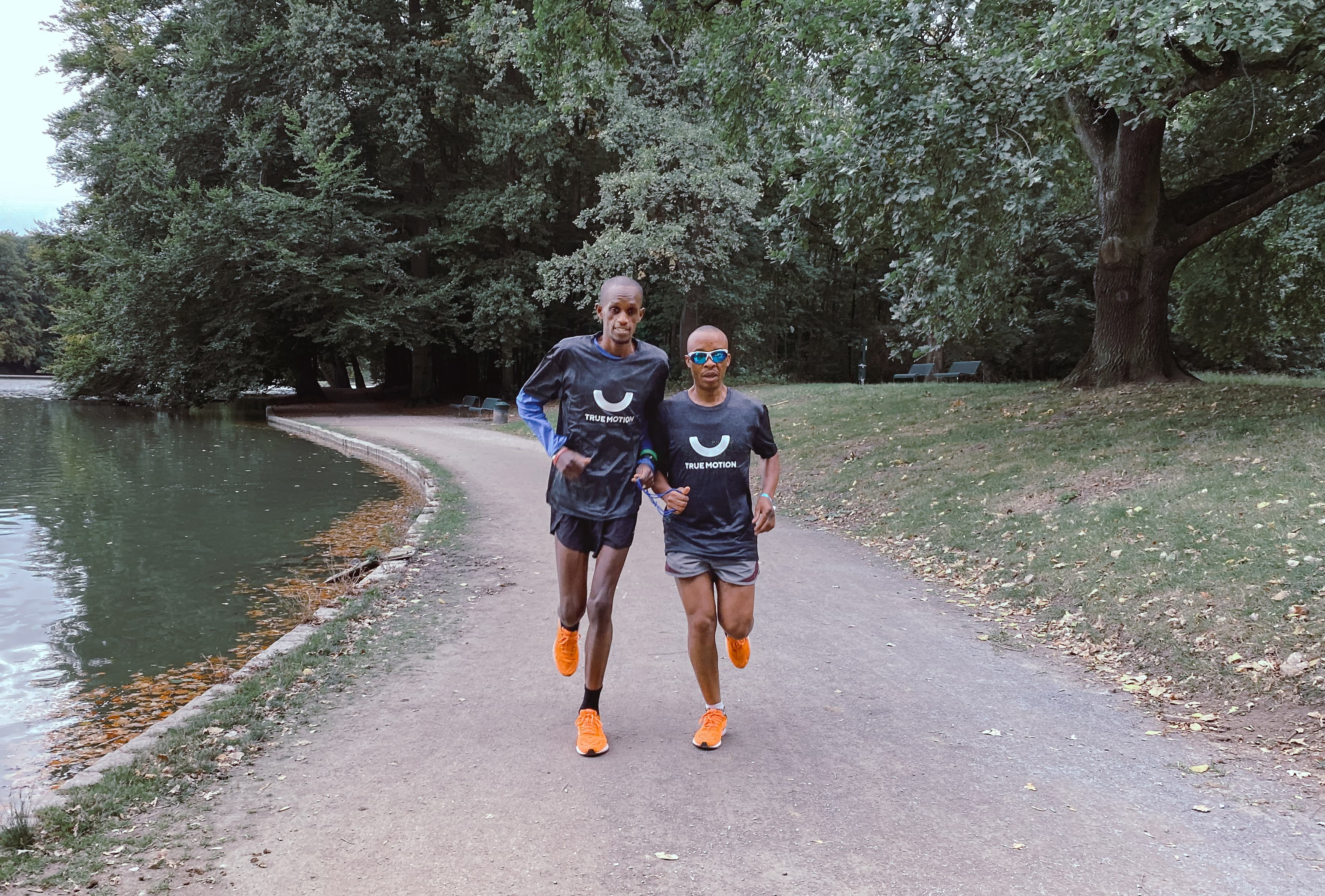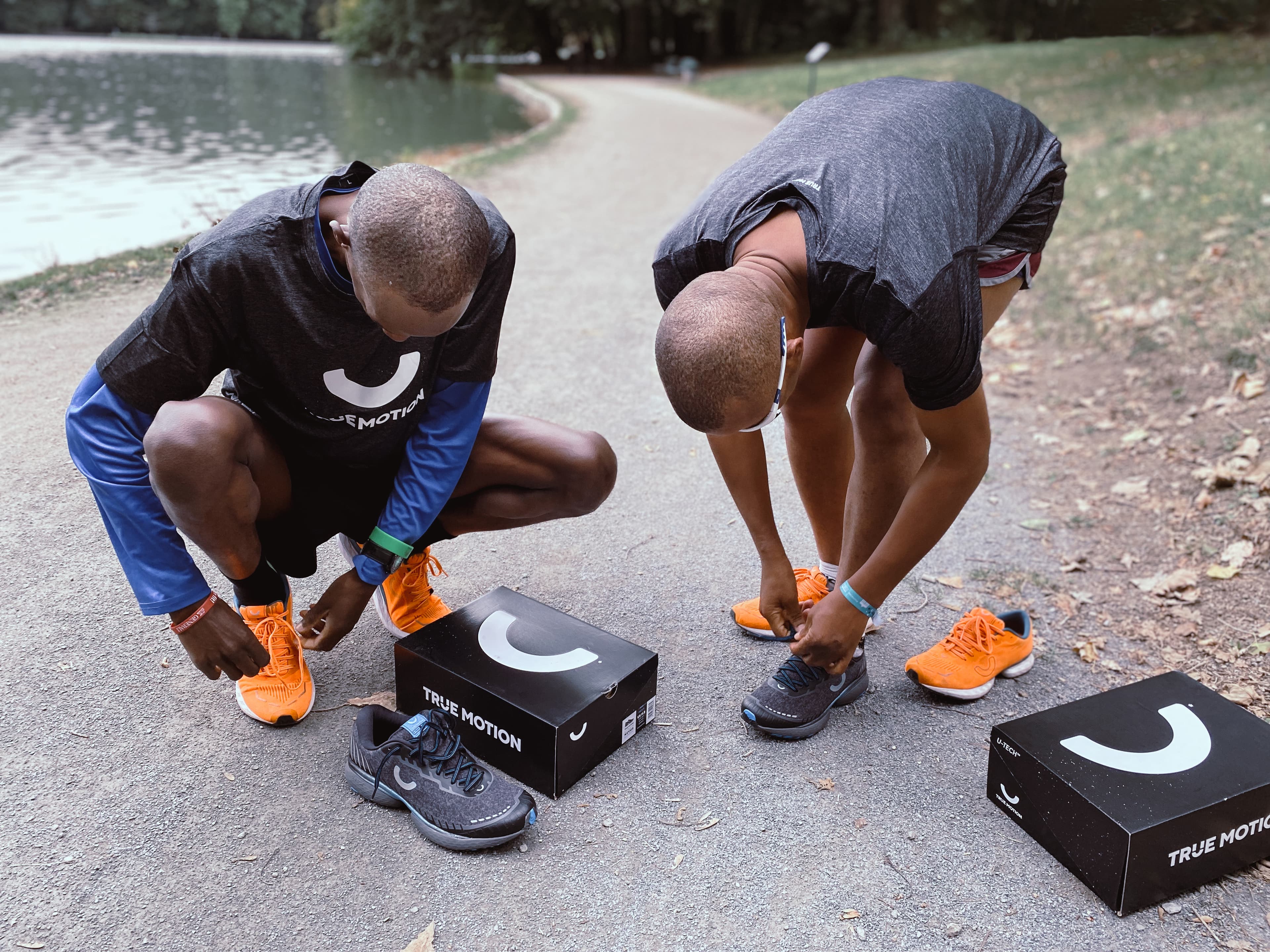
Henry Wanyoike – Kikuyu’s Run of Hope
29th November 2021
Twenty-year-old Henry Wanyoike goes blind overnight. His dream of becoming a professional runner seems to be shattered – until he finds new hope. Today, Wanyoike is a world record holder and gold medal winner. And he is a development aid worker – for the poorest and weakest in his hometown of Kikuyu, Kenya. A portrait about fear, talent, and a lot of strength.
Content:
Blind overnight
“I was worried about hurting myself”
World record after world record
Wanyoike’s fight against discrimination
Henry Wanyoike is sitting in his office when Paul’s phone rings. Three times we hear the dial tone before Paul answers. “Hi,” he says. Henry and Paul are currently working together on a project in their home country of Kenya. But now is a good time for a break, says Paul, it’s 11:00 a.m. Paul passes his phone to Henry.
In Kenya, Henry Wanyoike is a real star. As a world record holder and multiple gold medal winner, he is a role model for thousands of runners in his home country. In Europe, however, only real running experts know him. Here, Wanyoike runs under the radar most of the time. That is unusual for a world record runner.
Still, Wanyoike continues to catch the eye of spectators here in Germany. “I notice how many people cheer extra loudly for me. That makes me proud and motivates me incredibly,” he says. That, too, is unusual. Most of the time, Wanyoike doesn’t run at the front of the field. Nevertheless, many other runners and fans admire him. Henry Wanyoike is blind – and yet he is faster than most people in the world.
“I am happy and proud of what I have achieved,” says the world-class athlete. “I wanted to put Kenya on the map for sports.” Wanyoike has accomplished that, back in 2000, in Sydney. Overnight, his success made him a national hero in Kenya. For a long time, however, Wanyoike would not have thought that possible.
Blind overnight
When he was 20 years old, the athletic teenager went blind. A month earlier, Wanyoike had suffered a stroke. To save his life, doctors gave him medication. His body seemed to recover – until the morning of May 1, 1995, when suddenly he couldn’t see. “I went to bed that night a healthy person and then lost 95% of my vision overnight,” he says. “I thought I was having a bad dream.”
Wanyoike went to the eye clinic in Kikuyu, the runner’s hometown. There, doctors told him they couldn’t save his eyesight. The then 20-year-old became depressed. “I was afraid I would have to go beg on the streets,” he recalls. As a child, he saw how people with disabilities were excluded from society and sank into poverty. “These thoughts were so painful that I didn’t know how to go on with my life.”
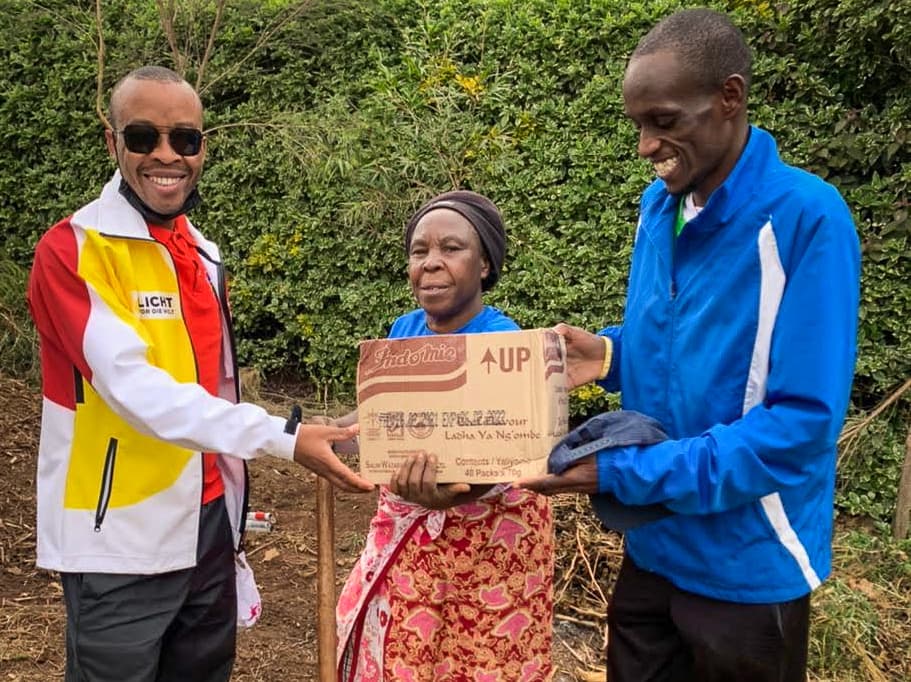
For three years, Wanyoike searched for answers. To be able to become a professional runner one day – that was not on his mind at the time. His talent, however, was undisputed.
“My only workout was running to school and back home”
As a child and teenager, Wanyoike was considered one of the fastest runners in his region. However, he couldn’t train properly back then. “My mother was not convinced that I would become a professional runner,” Wanyoike says. Instead, she, a former teacher, wanted Henry to go to school, do homework in the afternoons, and help the family. “My only training was running to school and back home.” Wanyoike laughs – and adds, “I always ran both ways.” Wanyoike successfully graduated from school, then trained as a shoemaker. However, he was not able to work in this profession for long. A stroke of fate followed just one year later.
In 1998, the former running hope of Kenya finally met Petra Verweyen, an employee of the Christoffel Mission for the Blind. She helped him to be admitted to a rehabilitation center. “Thanks in part to Petra, I very, very slowly began to accept the new me,” says Wanyoike.
"I was worried about hurting myself"
There, in the center, Wanyoike was the youngest. The people around him supported the young man wherever they could – and made him start running again. “However,” he recalls, “things didn’t go well at all for the first few weeks.” Although he had a companion, Wanyoike kept falling down. His knees were bloody, his anxiety level high. “Instead of running properly, I was worried about hurting myself.” It took months for Wanyoike to learn to run with his companion, the guide.
When that worked out, things started to go really well for Wanyoike. In 1999, he won his first para race in Kenya. He has kept the trophy to this day. “This win showed me that I could do it, run professionally and win medals.” The dream of gold finally came true a year later in Sydney.
In Kenya, Wanyoike had previously qualified – it was the same para race as in 1999 – for the Paralympic Games in Australia. “I was able to represent my country at the biggest and most important sporting event in the world,” Wanyoike says. A goal he had already had when he could still see.
In 2000, he took a plane from Kenya to the Australian metropolis. It would not have been possible for Wanyoike to pay for the trip himself. Instead, he had to rely on the support of the Kenyan athletics association. He did get financial support – but there was no guide familiar with Wanyoike as a running partner.
Once they arrived in Sydney, the organizers provided Wanyoike with a companion. The two ran all the way to the finals – and caused a sensation. Wanyoike, who was still unknown at the time, dominated the 5,000-meter race together with his guide. A few meters before the finish, however, the guide could no longer keep up the pace. He began to stumble. Wanyoike pulled and pushed his guide to the finish line – and took gold. The spectators in Sydney could not believe their eyes, stood up, and celebrated the blind runner.
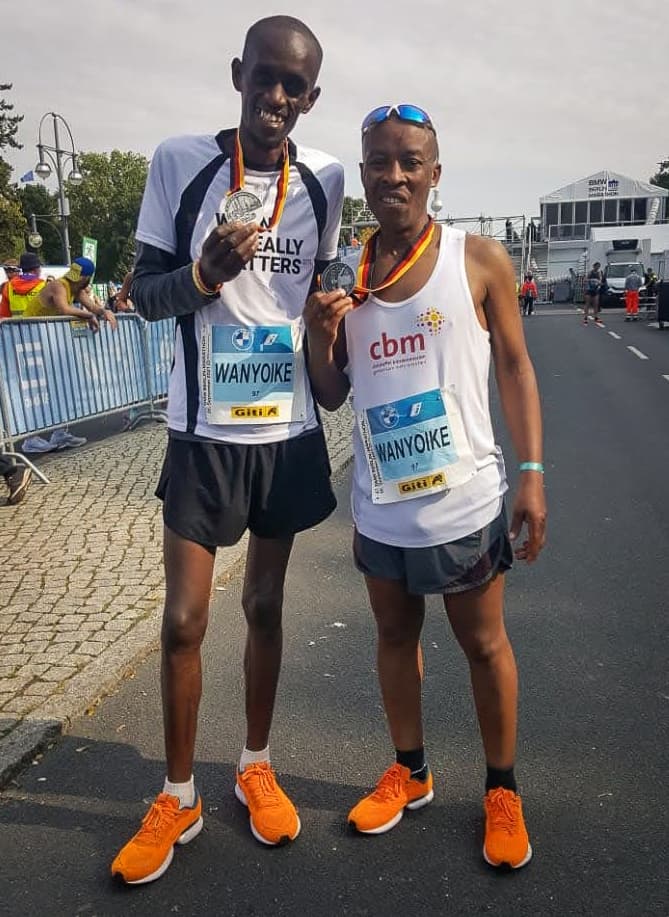
While the guide slumped to the ground, Wanyoike danced and celebrated on the tartan track. The video showing the last meters of this 5,000-meter run went around the world. This really kicked off Wanyoike’s career.
World record after world record
“Shortly after the Paralympic Games in Sydney, I had already set myself new goals,” the runner says today. Instead of 5,000 meters, Wanyoike now focused on 10,000-meter, half marathon and marathon distances. Successfully.
In 2004, he won gold at the Paralympic Games in Athens with two new world record times over 5,000 and 10,000 meters. In the same year, he set the world record for a blind runner in the half marathon with 1:10:26 hours. A year later, the marathon world record followed in Hamburg with 2:31:31 hours.
Wanyoike would not have been able to run these times without the right companion. The guide ensures that the blind runner finds his way through the starting field, avoids obstacles, and doesn’t stray from the course. “For me, the guide is like a mom watching over her baby,” Wanyoike explains.
For years, he kept changing his running companions. There were marathons where the guides couldn’t keep up with Wanyoike’s pace. That’s why he had to change his guide every 15 kilometers or so. Sometimes for odd reasons too – such as in Japan in the early 2000s.
During the marathon, Wanyoike’s companion injured himself and tore a tendon. Without further ado, a spectator decided to lead Wanyoike. He couldn’t keep up the pace and dropped out. He passed the world-class runner on – to the next spectator who was standing by. Together they crossed the finish line. As winners.
For a few years now, Paul Wanyoike has been Henry’s permanent guide. Although the two share the same last name, they are not related. Paul is more than a head taller than Henry and a top athlete himself. In Kikuyu, Paul coaches a running group. That’s where the two met.
“Paul has become much more than my guide,” Henry Wanyoike says today. “He’s like a brother to me.” Paul nods. He sees it that way, too. The two spend almost all day together. When they’re not training, Paul helps Henry work at his foundation.
PERFECT FOR ANY PACE BOOST:
DISCOVER THE U-TECH SOLO
RUNNING FAST AND ENJOYING TO FLY
Midfoot, forefoot, or rearfoot strikers – all runners who want to step on the gas have one thing in common: they touch the ground farther at the front of the sole. This is exactly where we placed a new version of our unique U-TECHTM technology, Double U. Inspired by the natural motion you sink into the twofold U-shaped construction. U-TECHTM surrounds your foot, centers forces, and thus provides you with support and physiological stability.
Wanyoike's fight against discrimination
Henry founded the Henry Wanyoike Foundation back in 2007. After receiving support from the Christoffel Mission for the Blind, he wanted to give something back. With his foundation, Wanyoike now supports disadvantaged children in his hometown of Kikuyu and throughout Kenya.
For these children in particular, Wanyoike is a great role model, an approachable national hero. From his first prize money, he bought knitting machines and hired people from his home country who were also blind. Wanyoike showed them how to operate the machines and knit sweaters. Wanyoike is now giving back the hope that the rehabilitation center gave him in the late 1990s.
With his foundation, he supports children and families who are poor or disadvantaged. Together with his employees, he has set up various programs for them to improve their education, health, or social status. For example, they award scholarships for schools, run their own kindergarten, and draw attention to the disadvantages disabled people face in Kenya.
"Wanyoike’s Run for Hope has become one of Kenya’s biggest sporting events"
“Unfortunately, people with disabilities are still often discriminated against in this country,” says Wanyoike. His foundation is fighting this with educational campaigns. The foundation finances mobility aids for people and families with disabilities.
However, another Wanyoike project is known throughout the country: the Run for Hope has been held every year for 14 years. Thousands of children and parents come to Kikuyu especially for this run. By now, the Run for Hope has become one of the largest sporting events in the country. Wanyoike’s son is also on the starting line – although he only occasionally laces up his running shoes.
The running star from Kikuyu has four sons. They and his wife support him in every way they can – not only at the foundation, but also at home. They live together on a small farm. “We are mainly self-sufficient,” says Wanyoike. With his wife or children, he feeds the cows and mucks out stalls. He needs their help; it doesn’t work all on his own.
This also applies to the many races Wanyoike competes in with his guide Paul. Flights, travel expenses, and accommodation could not be paid for with the premiums alone, he explains. Although he still runs fabulous times at the age of 47, the sighted top stars take center stage. “If we didn’t have friends in Europe to support us,” Wanyoike says, “we wouldn’t be able to run on the world’s biggest tracks.” Because blind runners never travel alone. Always by their side: their guides.

NEVER RUN OUT OF
NEWS
Discover all True Motion stories – and be the first to hear about new products, promotions and events. Simply, center your run!
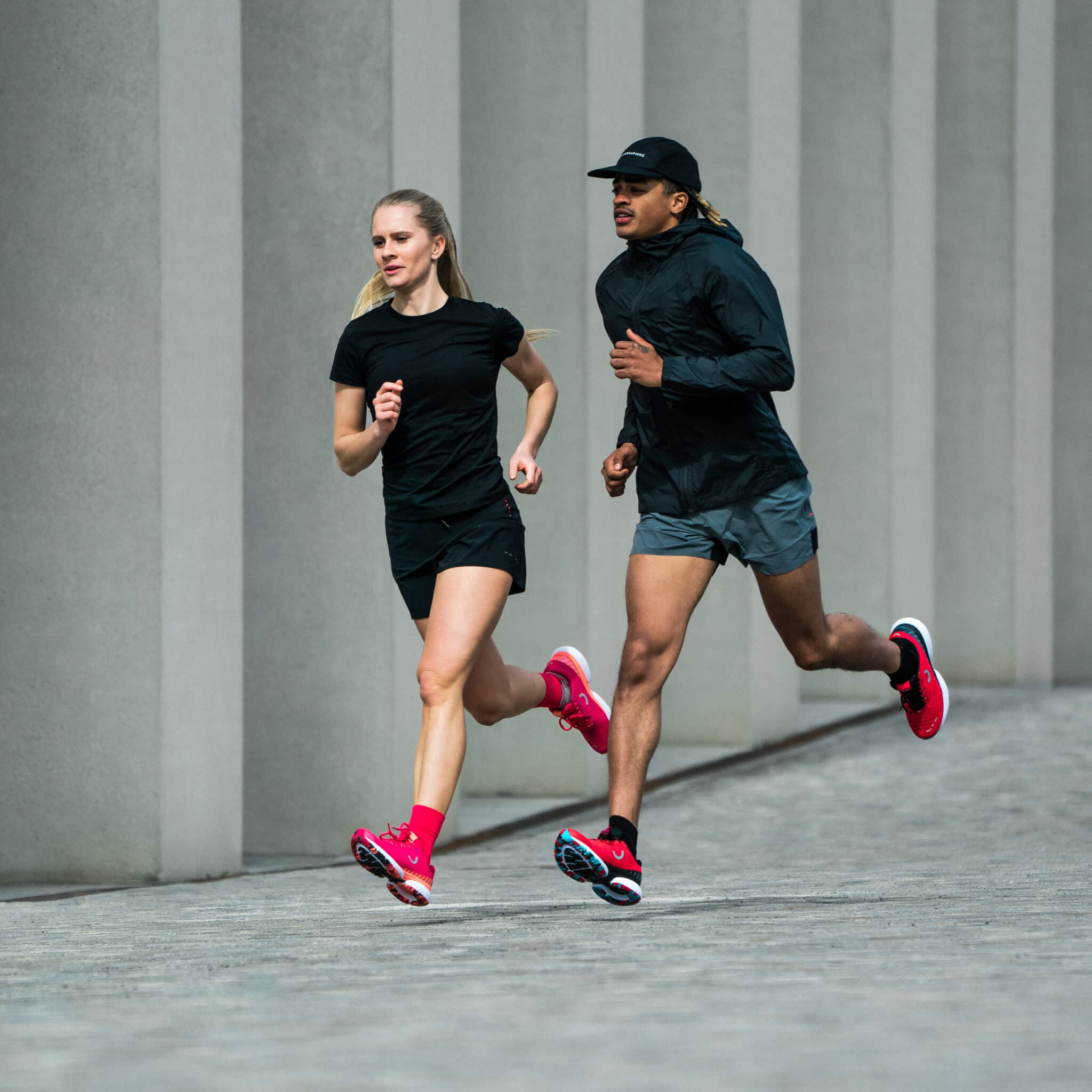
NEVER RUN OUT OF
NEWS
Discover all True Motion stories – and be the first to hear about new products, promotions and events. Simply, center your run!
READ THE NEWEST
U-RUN STORIES
Sabrina Mockenhaupt: This shoe got me running again
2025-10-31

Sabrina Mockenhaupt has achieved everything that many runners dream of. Running was and is her life, until the pain eventually became too much. Today, she is running pain-free again – this is her story.
Laura Schmidt: I have rediscovered running for myself
2025-03-07
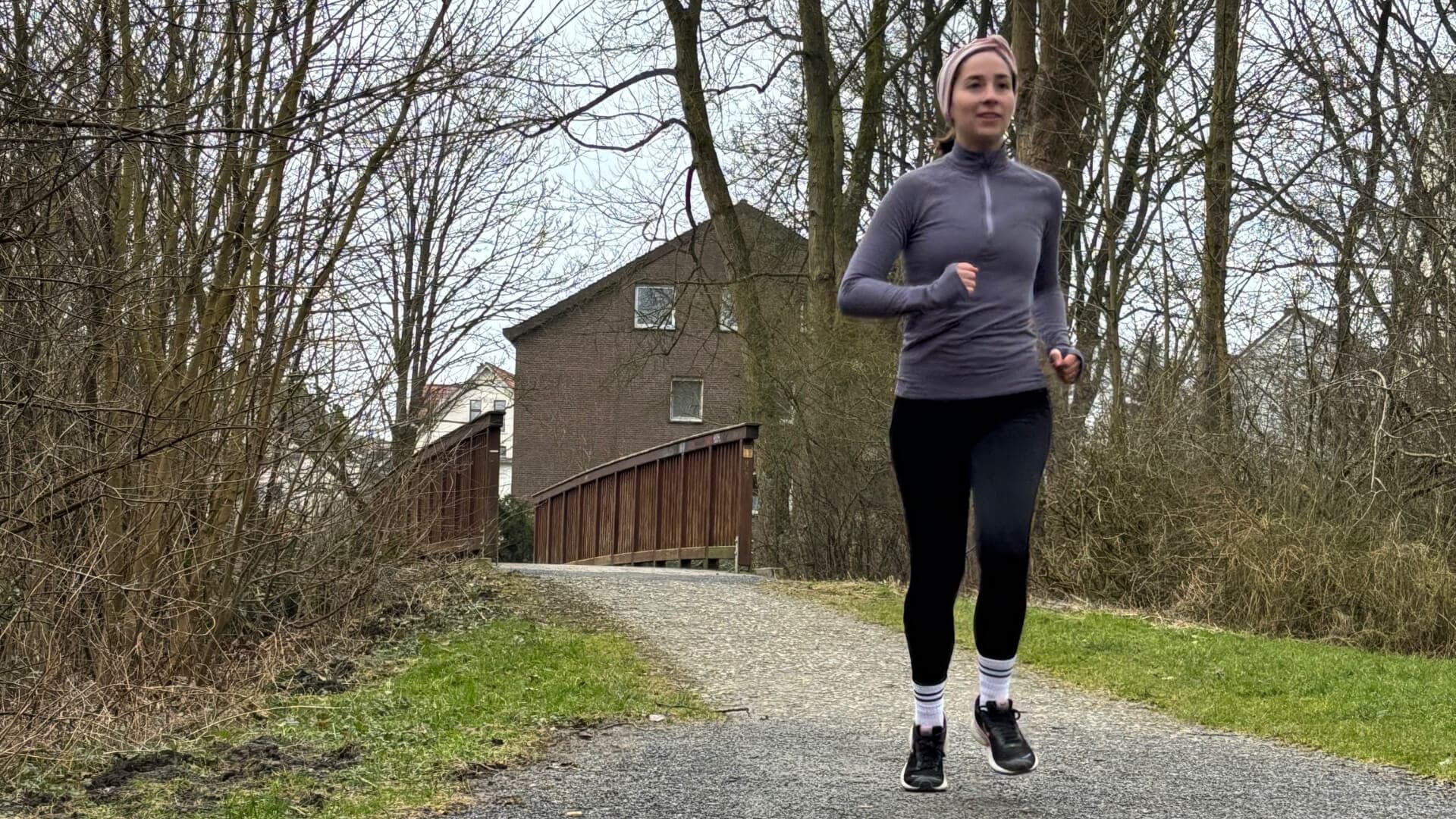
My name is Laura. I started running eight years ago – to clear my head after work. But knee pain kept me from being able to run regularly. A new pair of running shoes was finally the solution. Today I run pain-free. This is my true runner story.
READ THE NEWEST
U-RUN STORIES
Sabrina Mockenhaupt: This shoe got me running again
2025-10-31

Sabrina Mockenhaupt has achieved everything that many runners dream of. Running was and is her life, until the pain eventually became too much. Today, she is running pain-free again – this is her story.
Laura Schmidt: I have rediscovered running for myself
2025-03-07

My name is Laura. I started running eight years ago – to clear my head after work. But knee pain kept me from being able to run regularly. A new pair of running shoes was finally the solution. Today I run pain-free. This is my true runner story.
RECOMMENDED BY








RECOMMENDED BY








GET 10 % OFF YOUR FIRST ORDER!
Get your personal running updates with exclusive discounts, product news, training plans and tips for healthy running - straight to your inbox. 10% discount on your next order.
SERVICE
ABOUT US
© 2025 True Motion Running GmbH

